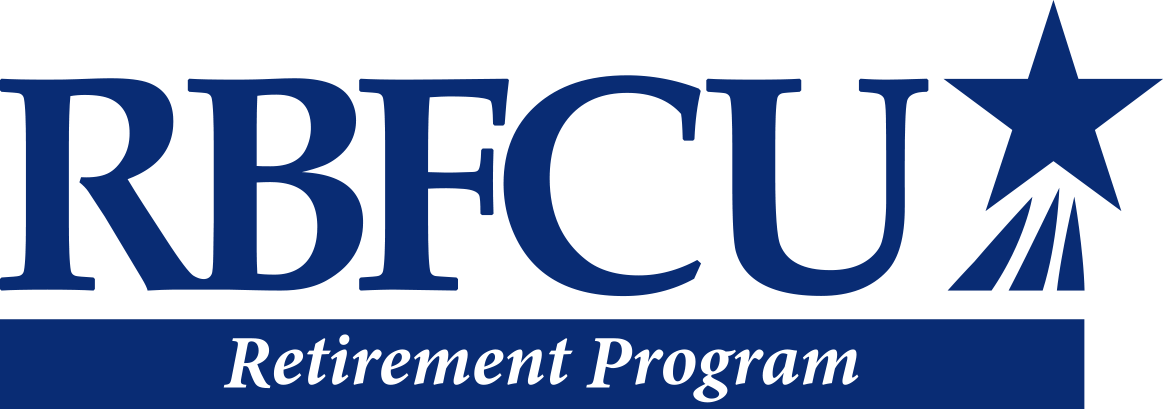What Texas School Employees Need to Retire
During winter, spring and summer breaks, the time seems to fly by. Your career as a school employee — be it spent primarily in the classroom, front office or on the sports field — may feel much the same. Yet, whether retirement seems far away or right around the corner, it can be wise to take stock of your retirement strategy.
.jpg?sfvrsn=dccfb2a8_4)
Setting aside time to take a closer look at your retirement plans, funds and overall strategy need not be daunting, although it certainly may feel like it when your schedule stays busy.
If you approach the process with the following seven tips, however, you may discover that retirement planning can be more manageable, time-efficient and successful.
1. Decide what you want retirement to look like before you retire
You’ve heard the adage: If you don’t know where you’re going, you’ll end up someplace else. The truth of the matter is that you should be outlining what you want your retirement to be like — even if you won’t start it for several decades.
Keep in mind that how much money you will need largely depends upon your personal dreams and goals for retirement. This may include a chance to travel, time to spend with family and friends, or freedom to pursue hobbies.
You’ll want to be practical as you consider retirement goals, too. Having the financial means to pay for medical expenses and to account for inflation’s impact on medicine and health care premiums may help make your retirement go more smoothly.
2. Build a plan for the future by strengthening today’s financial health
If you’re near the start of your career, it’s understandable that retirement might seem too far down the road to be worth giving much attention. It also can be challenging to save money for your golden years when you’re focused on saving for a down payment on a house, buying a car, or paying back student loans.
Yet, if you build a budget that makes savings a priority, healthy financial habits will begin to take shape. This can help set you up for a lifetime of financial well-being. Not only will you be able to save for the long term, but also you’ll be able to build an emergency fund for those unexpected expenses that pop up throughout your life.
To find motivation to become disciplined about your retirement savings, consider how having more money on hand later can help keep your long-range options as broad as possible.
Complicating retirement planning for many of us is the fact that we're living longer. This means that your retirement savings may have to last many years, perhaps even decades. A financial advisor can help with retirement plans that extend well into your 80s or older — an important consideration if your family elders are prone to living to a ripe, active old age.
3. Reduce debt
Cutting debt and unnecessary expenses can make saving and investing more manageable. Credit card debt is easy to acquire but often difficult to pay off — especially if you are making only minimum payments. Keep in mind that, as you pay down your debt, the more money you’ll be able to direct toward saving and investing.
It’s possible that you may still be paying off higher-education loans. Making those payments can diminish the cash on hand you have to put into savings. Yet the more money one puts into sound investment solutions and savings accounts early on, the more time there is for your savings to grow. In other words, loan repayments can be a barrier to your ability to grow retirement savings specifically and wealth more generally.
The good news is that as a school employee, there are several loan forgiveness programs that may help you pay down — or even pay off — your loan.
- Teacher Loan Forgiveness (TLF)1 for those who have taught for at least five consecutive academic years at a qualifying low-income school and meet other qualifications.
- Public Service Loan Forgiveness (PSLF) Program2 eliminates remaining debt after 10 years, but you’ll need to have made 120 payments to qualify under an accepted repayment plan while working full-time for an eligible employer.
- Perkins Loan Cancellation for Teachers3 can potentially forgive all or part of your Perkins Loan debt if you teach certain subjects or work in a low-income school.
- Teach for Texas Loan Repayment Assistance Program (TFTLRAP)4 applies to teachers working in locations or fields for which the state has identified as a shortage.
4. Understand (and stay informed about) broader retirement issues unique to Texas school employees
In planning your retirement, it is crucial to be aware of two laws that have traditionally and negatively impacted Texas school district faculty and staff.
First, most Texas districts do not participate in Social Security, which means most Texas K-12 employees do not have the tax taken out of their wages. Consequently, many school faculty and staff members are ineligible for Social Security Retirement benefits.
Historically, even if they had established eligibility through other employers, those benefits may have been reduced due to a federal statute called the Windfall Elimination Provision (WEP).5
Similarly, the Government Pension Offset (GPO) has often significantly reduced government employees’ spousal or survivor benefits under Social Security. Yet some school employees who worked in a position covered by both Social Security and a government pension for the last five years before retiring could be exempt from the GPO.
It’s a confusing set of circumstances for K-12 education professionals planning their retirement, but it’s starting to change. On January 5, 2025, the Social Security Fairness Act, HR 82, was signed into law. Once implemented, this federal act eliminates the reduction of Social Security Retirement benefits through the WEP and the GPO for many public sector employees, including teachers.
The Social Security Administration will share updates and answer questions online6 as more information becomes available. Naturally, our team of financial advisors specializing in helping Texas K-12 employees is also here to help you puzzle through it all, too.
5. Consider supplementing your TRS benefits
For many school employees, the Teacher Retirement System of Texas (TRS)7 provides a foundation upon which to build a retirement plan in the absence of Social Security Retirement benefits. But it’s important to know that the TRS retirement annuity is not automatically adjusted for inflation,8 and over time your monthly pension can decrease in purchasing power due to inflation.
As a general rule of thumb, you may anticipate needing 70-80% of your pre-retirement income to maintain your current standard of living. Depending upon your specific needs, your TRS savings may come up short. If you want to maintain the lifestyle to which you’ve grown accustomed, you might need to consider other savings strategies.
Fortunately, having a well-planned investment portfolio can help you close the difference between what you will eventually receive from TRS and your pre-retirement salary as a full-time school employee.
One simple strategy for helping you meet your long-term goals is to set up a separate account for unexpected expenses so you are less tempted to dip into retirement accounts. Later, when your salary increases and debts are paid, you can increase your monthly contributions to this account.
6. Discover the value of a 403(b)
A convenient way to supplement your TRS pension is to set up a 403(b) that deducts a specific monthly amount from your paycheck. Having an automatic payroll deduction that goes directly to your 403(b) account can help you save more on income taxes. Plus, since contributions are automatic, you can eliminate having to give much consideration to monthly 403(b) contributions deducted from your paycheck.
Remember: Every penny counts when it comes to saving money for retirement. Over time, compounded earnings have the potential to add up, particularly if you start saving when you’re very young. Plus, as your salary increases — and provided that you adhere to IRS rules about annual contribution limits,9 you may be able to increase the amount that goes into your 403(b) plan as well.
7. Understand how a 403(b) plan might impact your income taxes
An immediate benefit of a 403(b) Tax-Sheltered Plan designed specifically for school employees is a reduction in the income taxes you are paying now, making this option a particularly effective saving strategy.
For example, if you contribute $200 a month to your 403(b), that’s $2,400 in annual income you will not pay taxes on until you withdraw the funds.
Meanwhile, if you contribute to a Roth 403(b) Tax-Sheltered Plan, you pay income taxes on the amount contributed, but then all the earnings from that investment are generally tax-free upon withdrawal when certain conditions are met.
»Tip: Learn more about tax implications for the two types of 403(b) plans.
The takeaway
Having a career that you love serving children and teens in Texas public schools doesn’t mean you also must sacrifice having a satisfying retirement. With the right retirement savings plans and strategy in place, you may reduce debt and increase future opportunities for yourself.
To learn more about what the RBFCU Retirement Program has to offer employees of Texas school districts — including our 403(b) offerings, schedule your no-cost, no-obligation initial consultation today.




